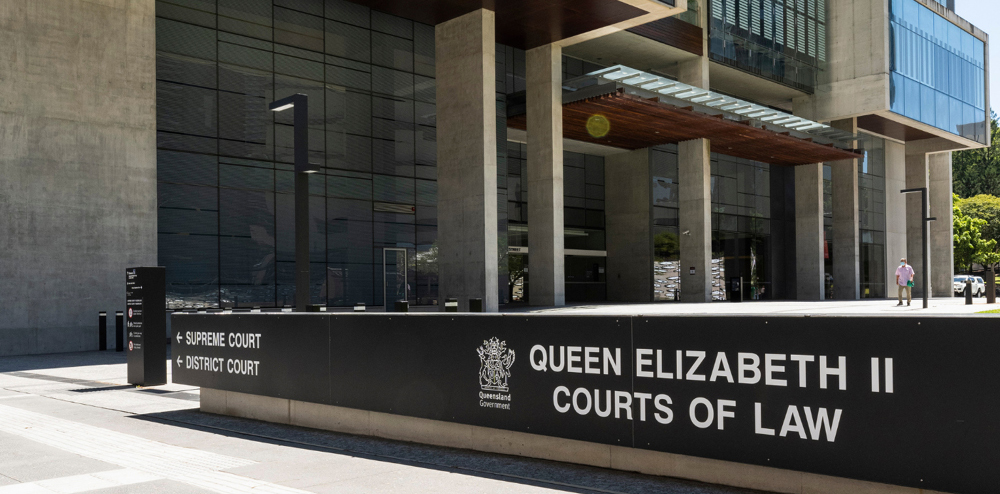Modelling suggests around 17,700 deaths in older adults were prevented in NSW between August 2021 and July 2022.
A “conservative first approximation” of deaths avoided by the vaccine rollout in NSW in 2021 suggest almost 18,000 older adults were saved in one year, according to research undertaken by Australian researchers.
Th research used computer modelling to explore how covid death rates among people aged 50 and over may have been affected by single, double or triple doses of the vaccination in the early Omicron era.
Between August 2021 and July 2022, the average weekly death toll was almost 20 per 100,000 for unvaccinated people.
For those with one, two or three doses of the vaccine, death rates fell significantly to 4.7, 2.6 and 1.8 respectively.
From this data the groups suggested a “conservative first approximation” of lives saved by the vaccination in this group of almost 18,000 during the study period.
The researchers focused on NSW weekly deaths as this data was considered some of the most robust mortality data nationally.
According to director of infectious diseases at Mater Health Services Professor Paul Griffin, said the study’s findings were “significant” and highlighted some particularly interesting findings.
“It was demonstrated that unvaccinated individuals had a 7.7-fold greater chance of dying from covid than those who were fully vaccinated (which in this case refers to the two-dose primary vaccination course),” he said.
“The benefit of vaccination was even greater in those boosted, with the reduced chance of dying from covid being 11.2-fold.”
The study also explored the additional deaths that might have been avoided if all 50+ year olds were vaccinated by the end of July 2021.
“The additional deaths averted would likely have been small at approximately 440,” said Professor Griffin.
“This is likely explained by the relatively low number of cases and therefore deaths during this period largely due to the public health and social measures in place at the time, and that as a result widespread community transmission had not yet been established.”
Related
According to Professor Tony Blakely, an epidemiologist at the University of Melbourne, the findings were likely underestimates.
“The estimated deaths averted in this paper are probably underestimates, as higher vaccination rates would have had positive spillover effects of reducing transmission,” he said.
“In future pandemics, we hope that vaccines will be good at BOTH stopping you dying and stopping you transmitting the virus – as this would reduce the health loss even more.
“That said, for this pandemic with the vaccines we had, an elimination strategy and delaying opening up until most of us had been vaccinated was (clearly) the least worst option we could have pursued.”
But, while the study added “useful estimates” to the “tremendous impact” of the vaccine, modelling studies had their limitations, said Professor Griffin.
“Modelling studies do not necessarily predict perfectly what would have actually happened. There are additional confounders that are difficult to take into account and the outcome from modelling is only as strong as the data that is put into the model. However, in this case the data and methods seem robust.”
He also noted that evolution of the virus meant that the current impact of the vaccine would be different.
“The benefits of vaccinating for covid now are likely to have changed somewhat [but] it will remain an important part of our strategy for managing covid for the foreseeable future.”
Professor Griffin said he hoped to see similar studies across other states.





